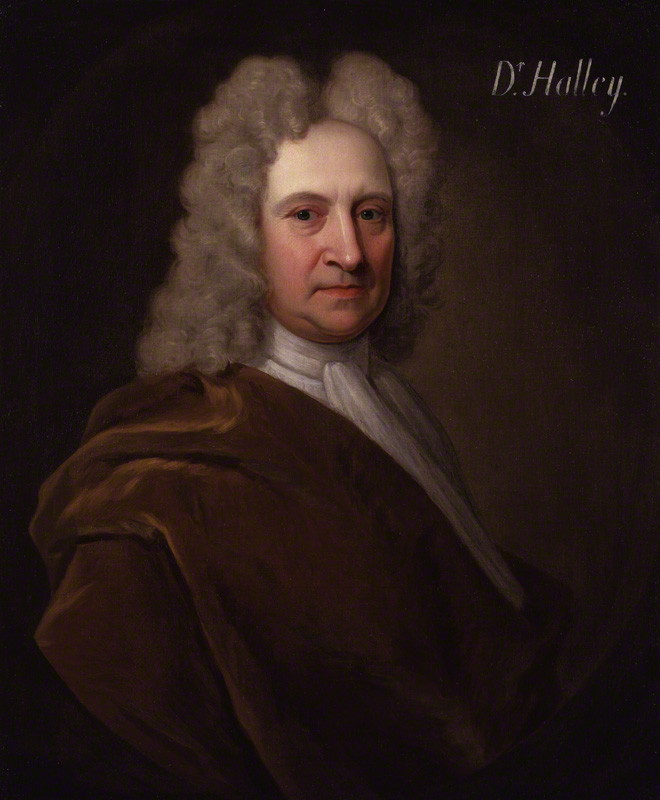Finding the AU
11.12 - Understand the use of transits of Venus (as proposed by Halley) to determine the size of the astronomical unit and thus the absolute size of the Solar SystemFinding the distance to the Sun from Earth is important as you can then measure the size of the solar system and its bodies.
Since Aristarchus numerous astronomers attempted to measure the distance to the Sun. Most of them using the same or slightly different method of parallax as him.
Jeremiah Horrocks was the first person to witness a transit of Venus in 1639. A transit is when one body moves in front of another, in this case the planet Venus moved across the face of the Sun. He measured a distance that we now know was 60% of the correct amount. This observation has often been referred to as the both of modern astronomy in Britain. Other astronomers such as Cassini and Huygens realised measuring parallaxes of Venus and Mars would work well and they improved on the accuracy of the measurement.
Edmund Halley was Astronomer Royal and proposed for the next transits in 1761 and 1769 that astronomers observe the transit, take measurements and share their data using a highly precise method of measurement based on work by James Gregory. These involved astronomers undertaking enormous journeys such as Captain James Cook famous voyage to Tahiti for the Transit of Venus in 1769.
Accurate results can be made using transits by multiple observers recording their precise location and exact paths timings of durations of the event especially ingress and egress points (the moments a body starts and ends its transit). With this information astronomers were able to arrive at a good measurement of the astronomical unit. Today with advanced observing and radar equipment including space probes this is known precisely.
Transit
There are two similar meanings of transit:
- Transit #1 A body moving in front of another
- Transit #2 A body moving in front of a meridian line
Links
- Universe Today How Did We Find the Distance to the Sun?
- NASA Science James Cook and the Transit of Venus







 | © All Rights Reserved |
| © All Rights Reserved |